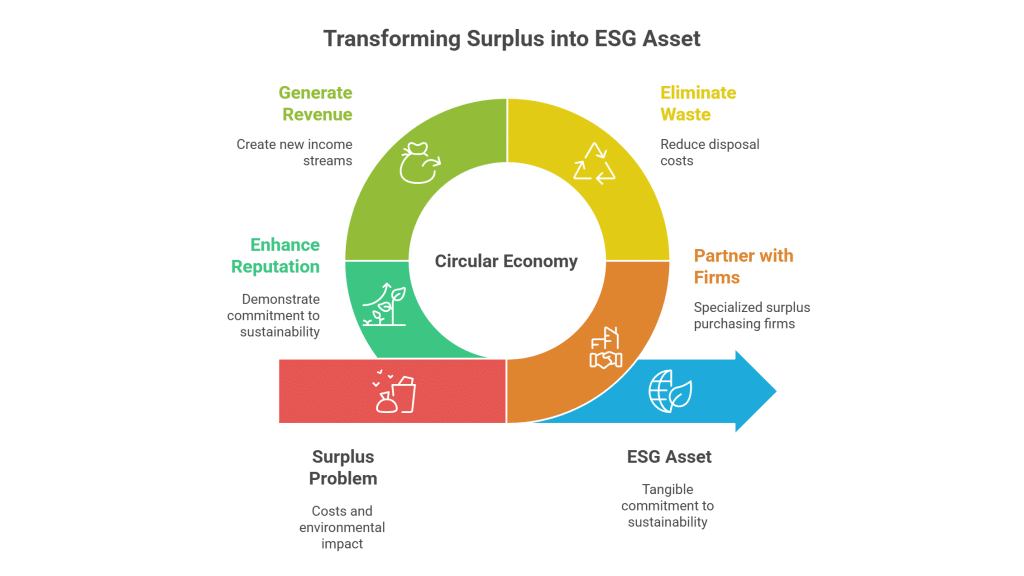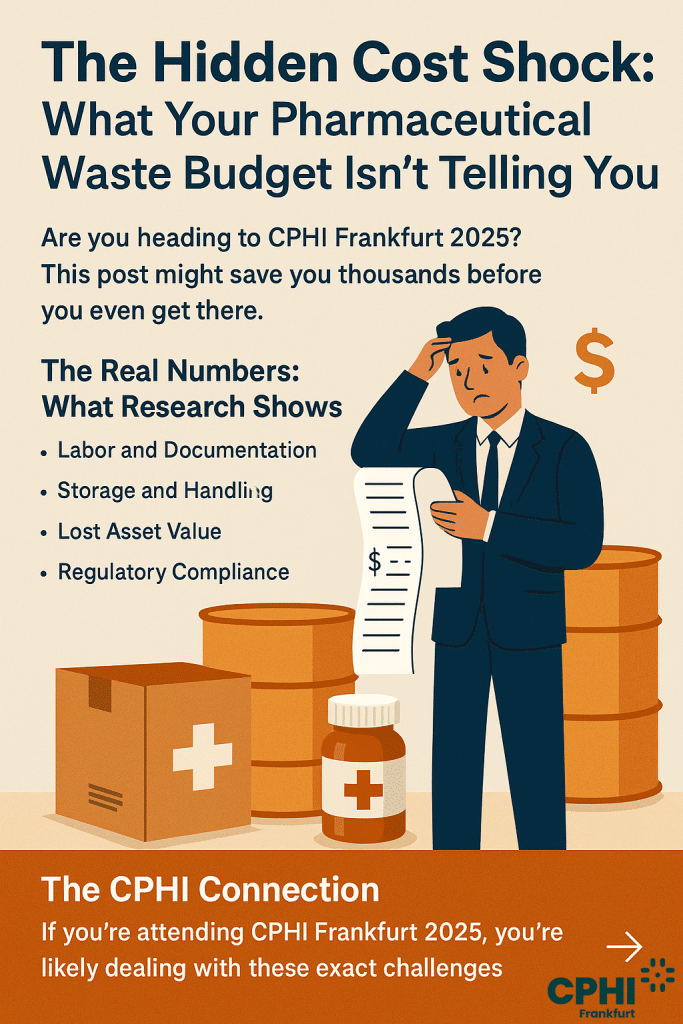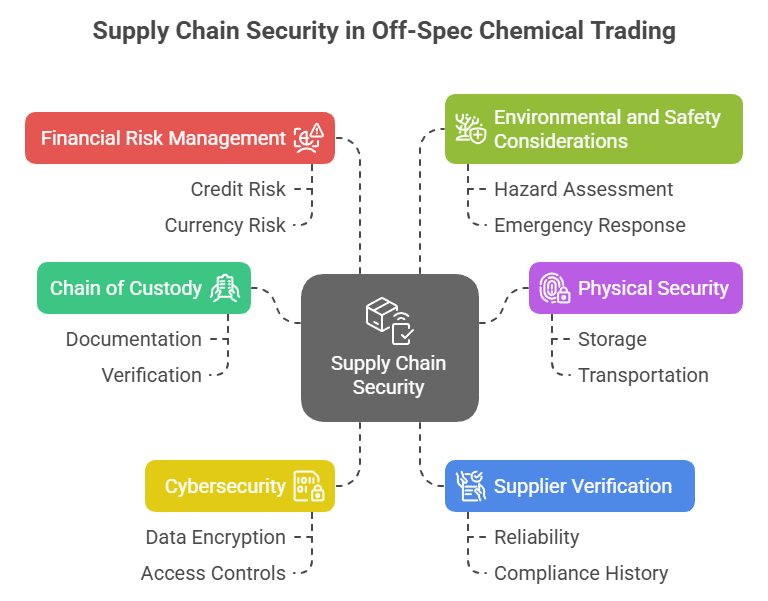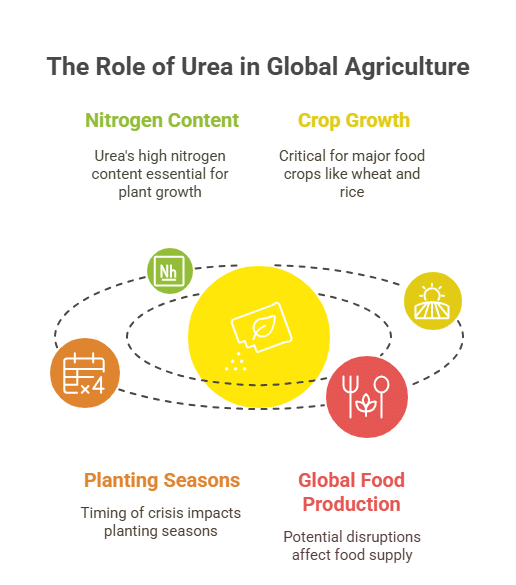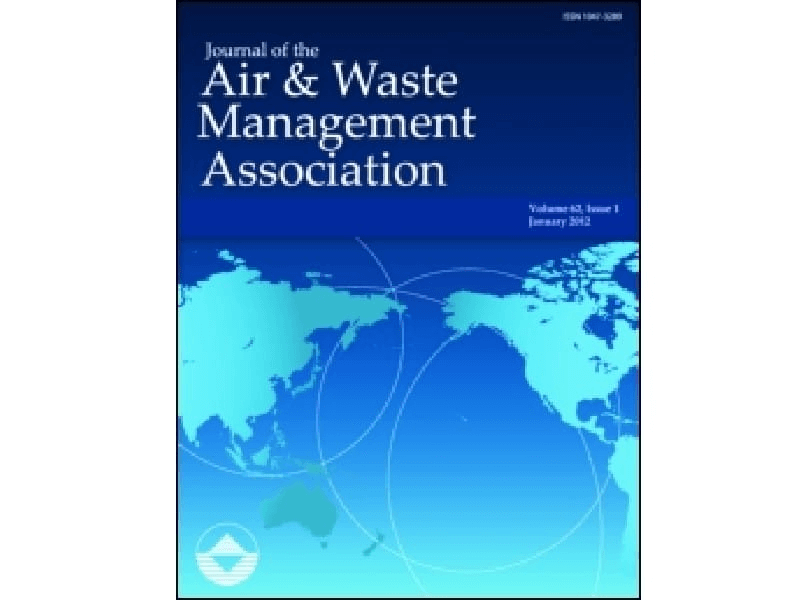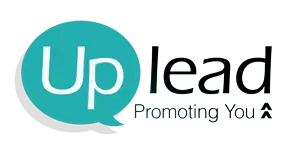Maximize Value with Surplus Natamycin in the Food & Pharma Industries
Natamycin Surplus Trading for the Food & Pharma Sectors | Optimize Your Chemical Inventory
Natamycin Applications in the Food & Pharma Sectors
Table of Contents
Case Study: Transforming Surplus Natamycin into Revenue in the Food & Pharma Sectors
One leading food manufacturer faced an accumulation of surplus Natamycin due to an unexpected shift in production volumes. Instead of incurring high disposal costs and occupying valuable storage space, the company decided to partner with a specialized surplus chemical trading platform. By listing their excess inventory, they were able to recoup a significant portion of their initial investment while providing smaller manufacturers with access to high-quality natamycin at competitive prices. This not only reinforced a sustainable supply chain in the food sector but also enabled effective resource management in pharmaceutical applications, ensuring that stock levels were optimized and regulatory compliance was maintained at all times.




